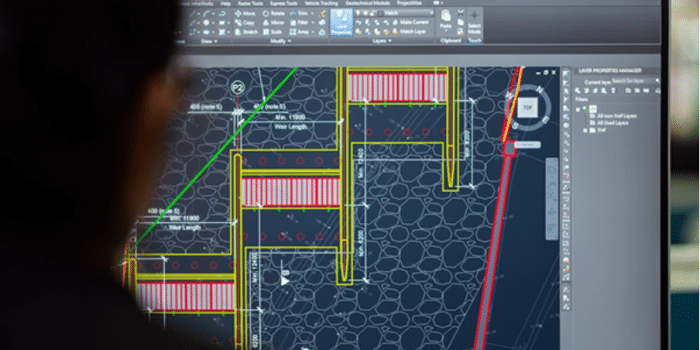Quality assurance is an absolutely vital part of every product and service but is an especially important aspect of the software development process. However, it’s also one of the most dreaded terms in the life of a software developer. Software testing and QA definitely exist for a reason, and it’s not just to make devs’ lives harder.
Software quality assurance is the process of critical analysis and maintenance of set requirements with the goal of developing reliable products regularly. In the world of software development, a well-designed quality assurance process integrates with all of the Software Development Life Cycle, from the first stages of requirement defining to testing, release, and maintenance.
The main goal of this is to ensure that quality remains the top priority throughout development. In some cases, this refers to set standards determined by external sources, such as the International Organization for Standardization (ISO), but also applies to standards set by companies for their own internal use. QA testing services ensure that the final product is in line with the client’s expectations and overall requirements by putting emphasis on process development, the detection, ratification, and prevention of errors, and continuous improvement.
What Should Everyone Know About Software Quality Assurance?
While the general idea behind quality assurance is fairly easy to understand, there are many lesser known processes, elements, and procedures that go into the aspect of development to make it a bit more complex.
- The quality assurance process includes many different audits and checkpoints along the Software Development Life Cycle. These act as mini, periodic check-ins to assess the overall progress of the project while also checking against standards, the project’s scope of work, and timelines.
The audits not only ensure the quality of the product during that moment of development but also sometimes act as a performance assessment for the development staff. Sometimes unannounced checks ensure the adherence to the QA system’s mandates and regulations at all times. - A good software quality assurance process must always allow for flexibility and adapt to changes as they come up. Issues, major changes, or derailments inevitably arise during any kind of new development project, so it’s important for QA professionals to prepare for them as best as possible.
Post-change, QA professionals then use a formalized system to log, validate, and check that any changes made are still in line with all required standards and allow for viability long-term. These changes are then evaluated along with the measurement of their impact.
- Companies don’t instill quality assurance processes to create disruptions in the working environment or to make people sweat. However, sometimes these checks and audits cause teams or employees to “point fingers” elsewhere when issues arise.
One incredibly important aspect of good software quality assurance is maintaining excellent relationships across teams, departments, and employees to make things run as smoothly as possible in a friendly, constructive work environment. - In addition to checkpoints and audits throughout development, software quality assurance systems heavily rely on formal technical reviews. These reviews evaluate the design and quality of any prototype or technical aspect of the software.
Formal technical reviews typically occur early on in the Software Development Life Cycle to reduce the amount of work and reworking as the project progresses further. As it’s also important that QA doesn’t rely on any one form of testing approach, formal technical reviews are another part of the multi-testing approach that helps developers see their work from multiple angles to further guarantee the quality of the product at hand.
- Audits may be a pain for the engineering or development team, but they are absolutely fundamental to the success of a quality assurance program. They check the overall status and fitness of the management system used to produce said software while also digging deeper into the development itself.
Audits help ensure that the status reports provided by all team members accurately reflect the actual state of the project as well. This also helps identify any non-compliance problems for early rectification. - Records are the backbone of quality assurance. Good record and report keeping of items such as test and audit results, requests for changes and documentation, and review reports should always stay updated and shared with any necessary or relevant shareholders in the project. This helps with organization, understanding, and compliance by all parties involved.
Quality assurance is a key and vital element of the process of developing software. Although it is sometimes viewed as a tedious, repetitive, and general nuisance to manage while developing a piece of complicated technology, it’s the only way to ensure that the product put in the hands of the end user is as reliable and functional as possible. Quality assurance helps to “work out the kinks” within the machine of the SDLC to keep it running as efficiently and successfully as possible.


